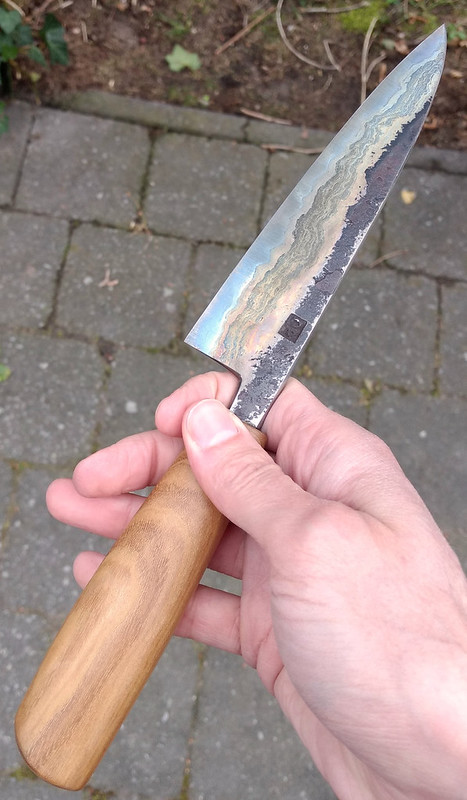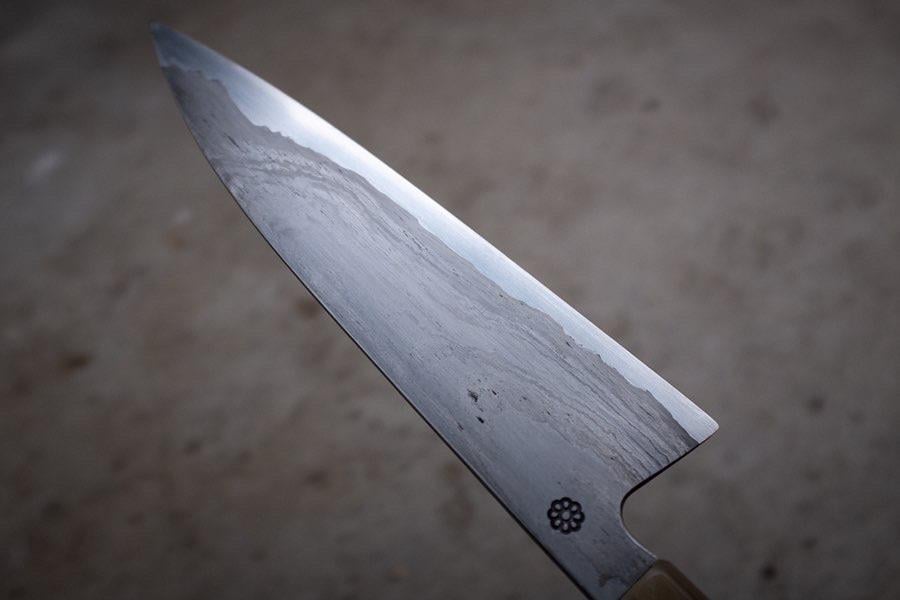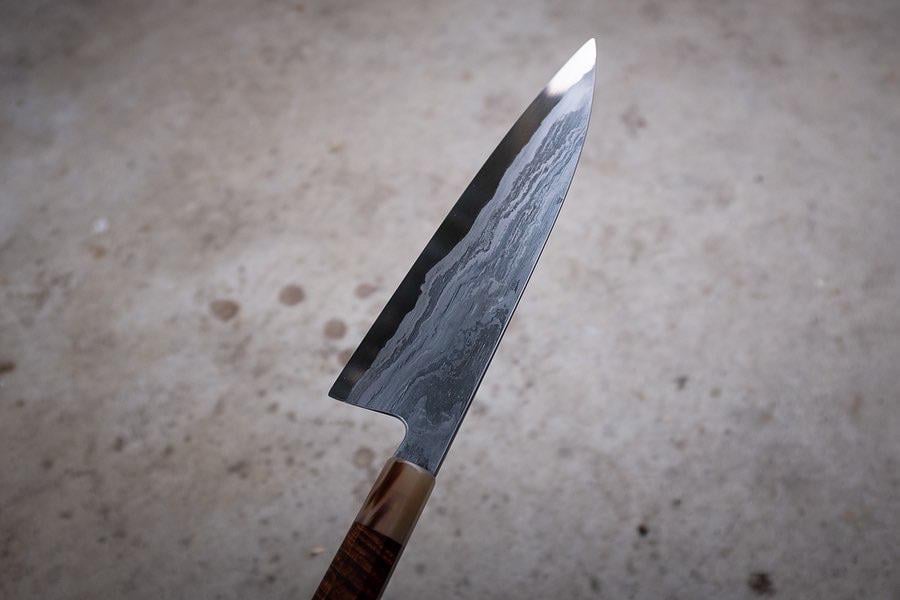I thought about posting this stupid question in the massdrop page, but I figured this was a more appropriate forum.
What is wrought (iron?) cladding and how is it different from the iron clad or carbon (steel?) clad knives that seem to be common from japanese smiths?
I did a quick search and I saw someone said wrought iron cladding is easier to abrade than soft stainless or anything mono. It also seems like a lot of european or us based makers work with wrought iron. What are the benefits and what makes this special? Is it an aesthetic thing like a softer damascus cladding? Is it less reactive than iron or carbon cladding? To be fair, I'm also not sure what the difference between iron and carbon cladded knives are...
What is wrought (iron?) cladding and how is it different from the iron clad or carbon (steel?) clad knives that seem to be common from japanese smiths?
I did a quick search and I saw someone said wrought iron cladding is easier to abrade than soft stainless or anything mono. It also seems like a lot of european or us based makers work with wrought iron. What are the benefits and what makes this special? Is it an aesthetic thing like a softer damascus cladding? Is it less reactive than iron or carbon cladding? To be fair, I'm also not sure what the difference between iron and carbon cladded knives are...



















